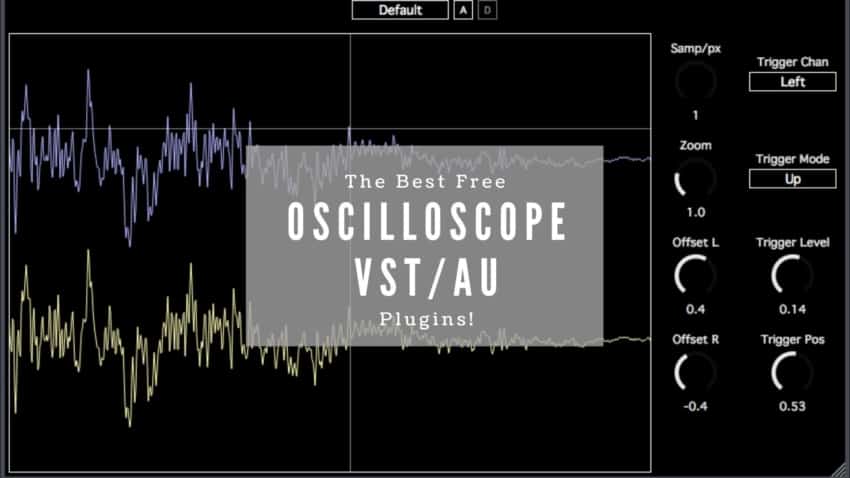

The Condition and Level drop-downs allow the user to describe what type of event to trigger on. For more information, please see Using Cross Triggering. The Source drop-down allows the user to trigger the oscilloscope based on events in other instruments. The reference manual is also hosted on the Digilent Wiki at this link: WaveForms Reference Manual. For descriptions of the available settings, please see the WaveForms reference manual, available through the Help menu in WaveForms, in the menu bar at the top of the screen. The Mode drop-down allows the user to select what will happen when the Run button is pressed. As seen above, when the Single button is pressed, a set of data centered on the next trigger event is captured and plotted. When taking repeated measurements, the plot pane stays centered on these trigger events. Immediately next to the Single button are a set of options that can be used to configure oscilloscope triggers. A value of “200 mV/div” will make the sine wave fill the entire plot pane. To re-scale the vertical axis of the plot, as before, change the Range value in the “Channel 1” box in the configuration panel (labeled “2” in the image to the right). This specific value represents one hundred microseconds per division (vertical line) on the plot. This value can be set by either selecting a new value from the drop-down (the arrow next to the field), or by clicking into the time base field and manually typing it in (including units and an SI prefix). To re-scale the horizontal axis of the plot to show only two periods of the sine wave, change the Base value in the drop-down menu located in the Time box at the top of the configuration panel on the right side (labeled “1” in the image to the right) to “200 us/div”. USB Scopes, Analyzers and Signal Generatorsīy default, the plot has a vertical range of -2.5V to 2.5V, and a horizontal range of -5ms to 5ms (with respect to the trigger configuration, which is described in Section 3.2.


 0 kommentar(er)
0 kommentar(er)
